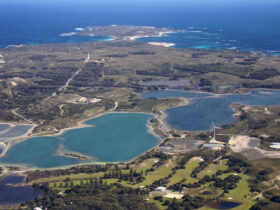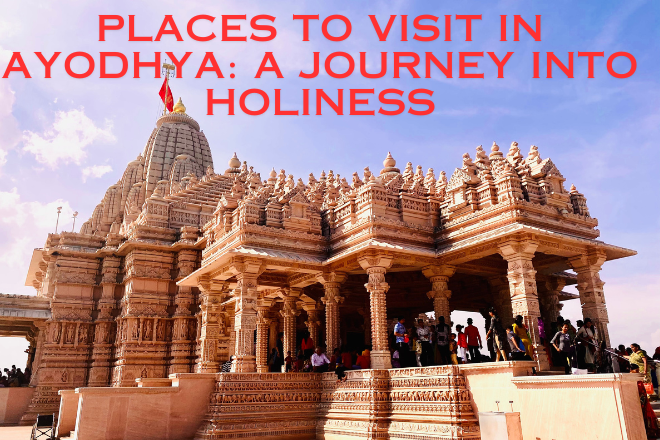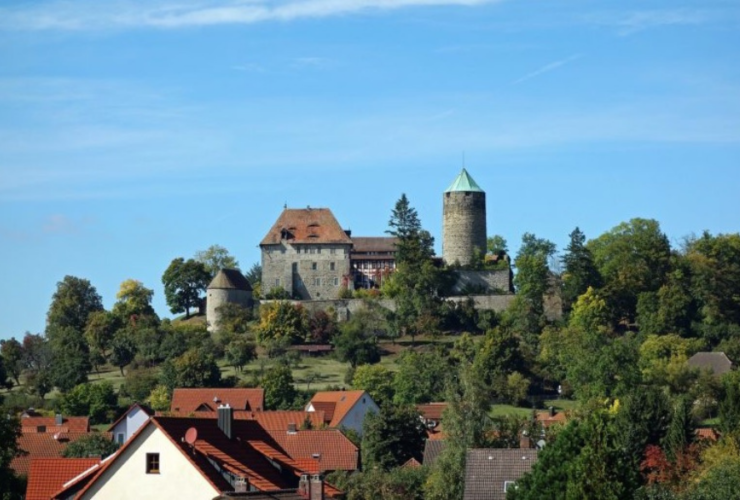A temple is roughly defined as a structure reserved for religious or spiritual activities. because The temples have been built throughout the ages and many new doors open every year. and Akshardham Temple in New Delhi and Chiang Rai White Temple built-in 2008. There are only two recent examples that are still under construction. Ancient temples on this list, however. Religions and beliefs that are no longer practiced were built thousands of years ago. but These buildings are the oldest man-made structures found on earth. so They are long gone and should serve as a testimony to the gods in cultures and cultures.
1. Stonehenge
One of the most famous sites in the world is made up of Stonehenge earthworks. Surrounding a circular setting of large standing stones in southwest England. and Stonehenge left no written record Stonehenge was produced by culture as many aspects would remain subject to debate. Evidence shows that the iconic stone monument was made around 2500 BC. but The last known Stonehenge construction was about 1600 BC. Giant boulders may have come to Sawj, about 40 kilometers north of Stonehenge (25 miles) on Marlborough. Some have not specifically known what the purpose of the Stonehenge service is, but many scholars believe. because The memorial was used as a ceremonial or religious center. but today it is a popular tourist destination in England, and Stonehenge tours are available in many English cities.

2. Luxor Temple
Luxor Temple is located on the east bank of the River Nile in the ancient city. but Was made in 1400 BC between Noch and the New Kingdom. The temple was dedicated to the three Egyptian gods Amun Ra, Mut, and Chons. so This old temple was the center of Opet, Noch’s most important festival. During the annual celebration, three statues of gods were to be made. Connect Karnak 2 temples in india Luxor temple along the avenue of sphinxes. but The festival lasted 11 days during the 18th dynasty. But Ramesses III of the 20th dynasty had taken 27 days of reign. No longer an active religious site, Luxor holidays are extremely popular with tourists nowadays.

3. Temple of Hatshepsut
Hatshepsut mortuary temple, ruling Egypt from about 1479 BC. BC Until her death in 1458, the Nile is situated on the west bank of the river at Der Al Bahari. so It is a colonnaded design, designed and implemented on behalf of Senemut. Royal sculptor of Hatshepsut, to honor her posthumous service and honor Amun Ra. and The temple rises sharply above and reaching a height of 30 meters (97 feet) with a three-tiered staircase built into the face. but These steps are connected by a long front that once surrounded the gardens.

4. Hypogeum
The Hypogeum in Malta is the only period underground temple in the world. but The formation of these caves on the temple rock consists of halls, rooms, and passages. Originally understood as a sacred tabernacle, it became a cemetery at times. The upper level (BC 3600-3300) – The complex is grouped into three levels. At the medium level (BC 3300-3000), and at the low level (BC 3150 -2500). The deepest depth in the lower level is 10.6 meters (35 feet) underground. Visitors are allowed only limited entry and cannot wait 2-3 weeks to get tickets.
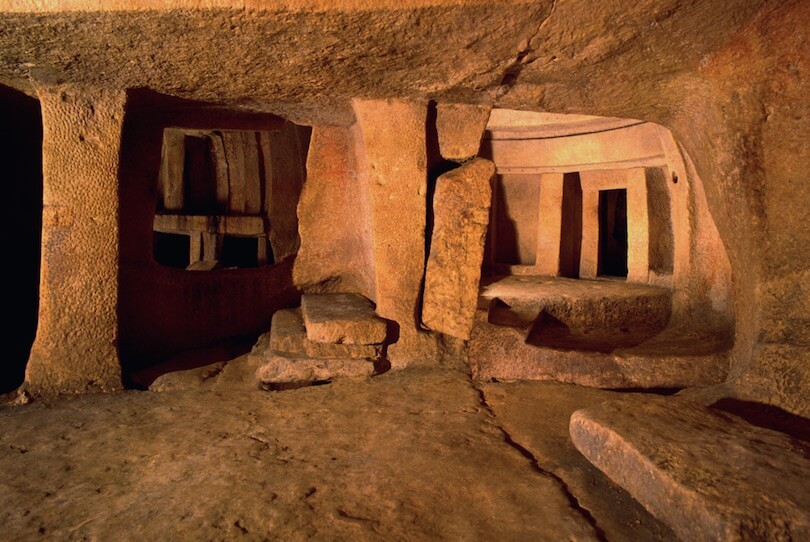
5. Temple of Seti I
Seti I Temple in Abydos on the west bank of the Nile Pharaoh Seti I is the temple in the mortuary. The ancient temple was built at the end of the Seti reign. And his son has been completed by the Great Ramesses after his death in 1279 BC. The temple was not only dedicated to Seti I but also to a number of deities. The suites present in this old temple are Lagana and most detailed in all of Egypt. The temple is also listed as King of Abydos. This is a general list of many dynastic pharaohs in Egypt from Menes. The Egyptian king, the founder of the first dynasty Ramesses I credit to Seti’s father.

6. Hagar Qim and Mnajdra
The former Qim’s megalithic complex is located on the southern edge of the island of Malta. The next high cliff of Mnajdra temples is about 600 meters below. The former includes the Qim main temple and three additional megalithic structures on the side. The largest megalith at the former Qim is some 7 meters (23 feet) high and weighs about 20 tons. Mnajdra consists of three matched but not connected temples. The oldest temples were built between 3600 and 3200 BC. Many artifacts were confiscated inside these old temples, suggesting that they were used for religious purposes. These structures were not used as human remains for their lives since the remains were found.
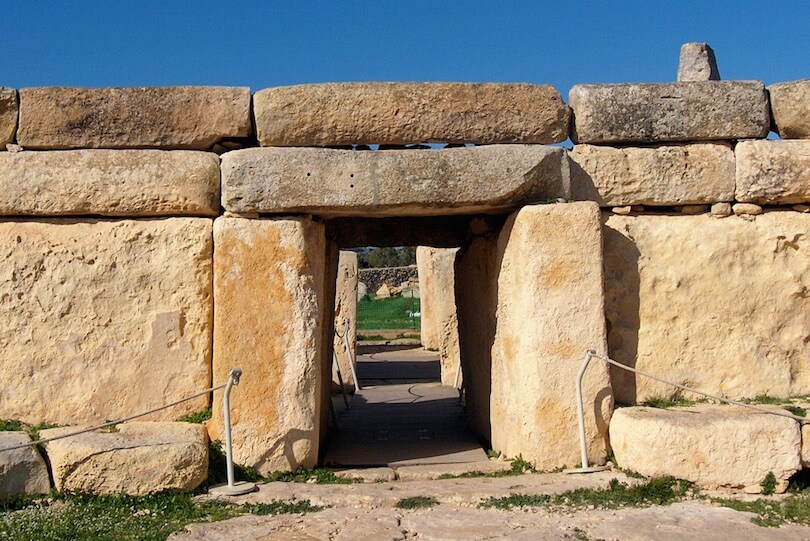
7. Ggantija Temples
High on a hill on Gozo Island, the Stone Age Ggantija temple complex is intricate. BC Built from 3,600-3,000, Ggantija temples are the earliest in a series of megalithic temples. In Malta, by 1000 years predating Egypt’s pyramids and Britain’s Stonehenge. This megalithic monument is in fact two temples, built side by side and attached along the inside of a square wall. It is noticed that numerous figurines and statues of temples were possibly on the site of fertility. The Malta Temple is the oldest temple in Europe.
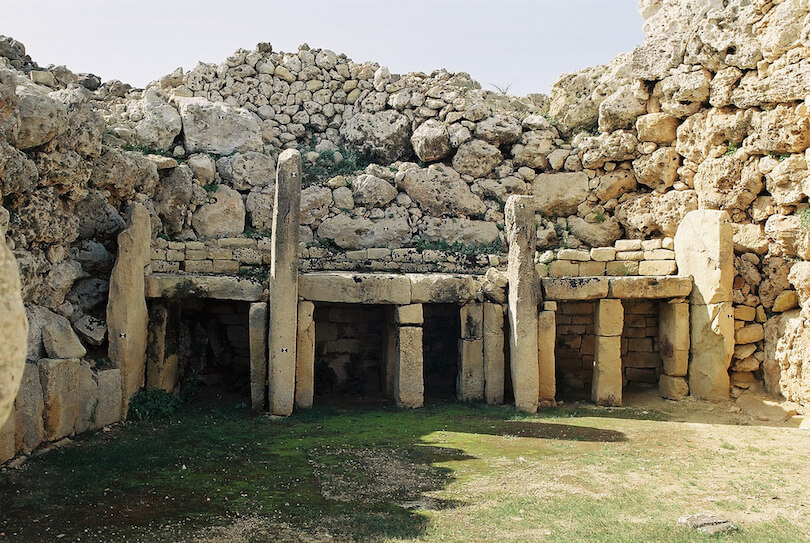
8. Temple of Amada
The Amada Temple is the oldest temple in Nubia and was first built in the 15th century BC by the Egyptian Pharaoh Thutmose III. The temple was dedicated to Amun Ra and Pun-Horakhty. Changes and decorations then came out of the pharaohs. Akhenaten’s name Seti I was reborn, while Amun Ra for example completely destroyed the temple. Although the temple is fairly small and has a crumbling exterior. Its interior features some of the most finely cut suits of bright and vibrant colors.

9. Gobekli Tepe
The first temple or the oldest temple sometimes mentioned, Göbekli Tepe is a temple built on a hilltop in southern Turkey. The walls are made of unworked, while the houses or temples are round megalithic buildings. There are numerous T-shaped monolithic pillars of dry stone and lime that are up to 3 meters (10 feet) high. The site was built by 10,000 tax collectors. BC (!) To make the oldest man-made place of worship ever found. Göbekli Tepe not only predates pottery, and invent writing or the wheel. But it was created before agriculture and animal husbandry began.
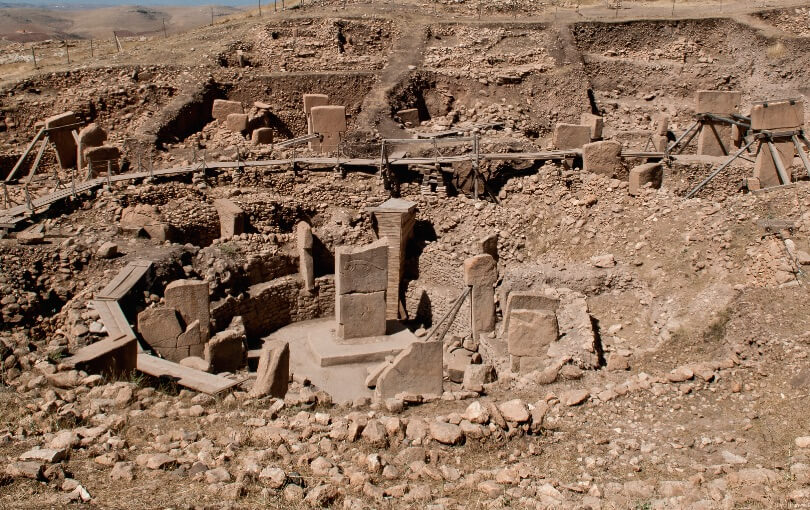
10. Palace of Knossos
Heraklion, located some 5 km (3 miles) south of Knossos Palace. The most important and best known is the Minoan palace complex in Crete. The Great Palace was built gradually between 1700 and 1400 BC. After the destruction of the periodical rebuilding, it was destroyed once and for all by fire. The palace spaces, reception rooms, workshops, upstairs living terraces, and courtyards all created a central square. The main function of the palace is still in dispute. It has been used as a service to God, primarily as an administrative center, a religious center, or both. Knossos is also often associated with the legend of the murder of the Athenian hero Theseus Minotaur.

Read Also: Top 5 Cricket Stadiums In India Must Go.
